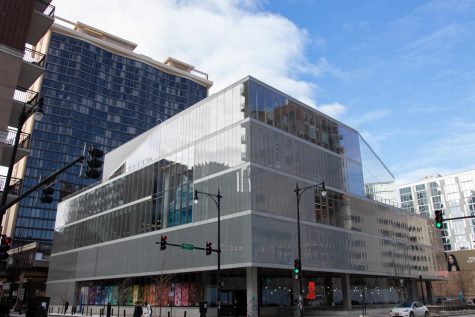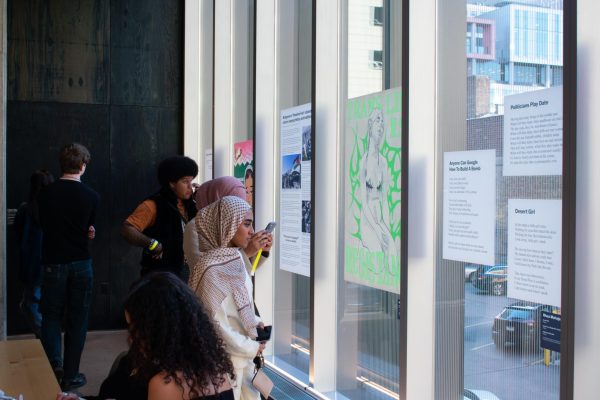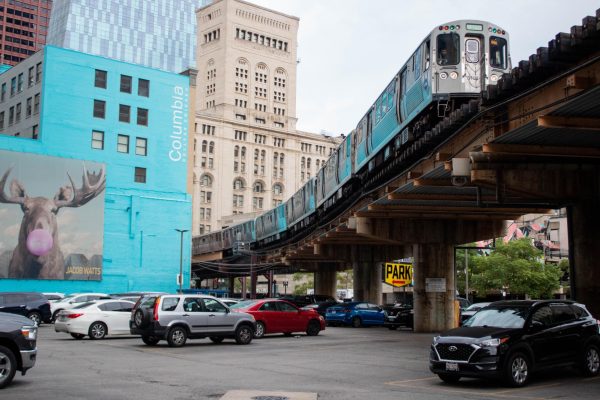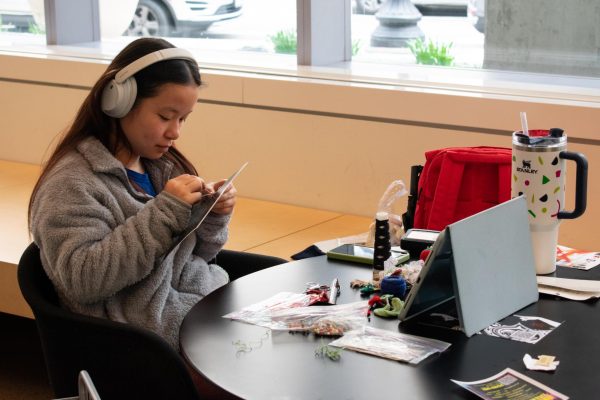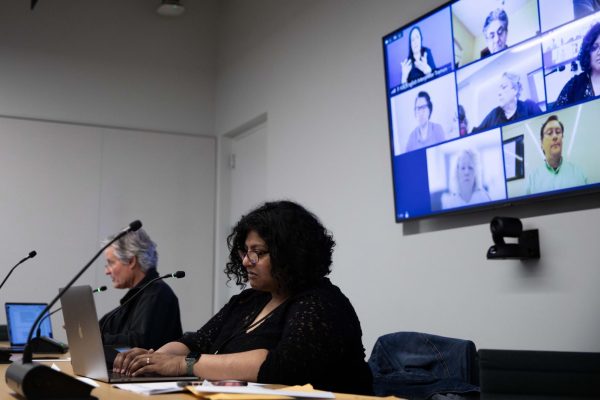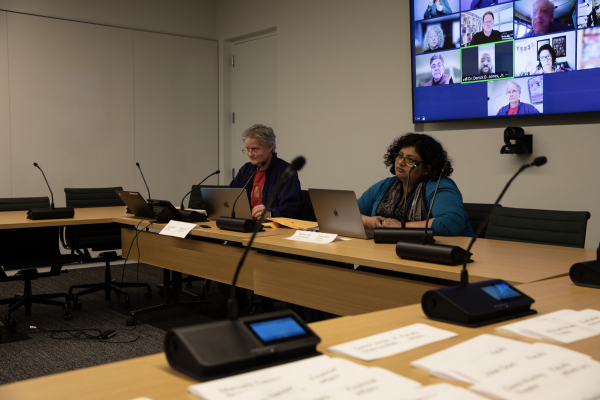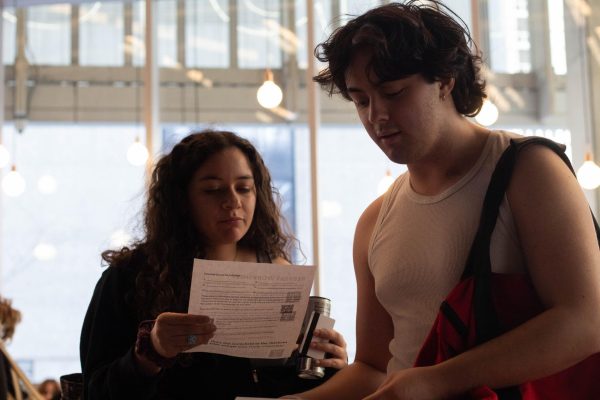Congress Parkway gets facelift
November 3, 2008
Columbia’s northern border will soon undergo a makeover.
Alderman Robert Fioretti (2nd Ward), along with the Chicago Department of Transportation (CDOT), announced plans on Oct. 22 to do a complete overhaul of Congress Parkway between South Wells Street and South Michigan Avenue. The changes made are intended to improve traffic flow for vehicles, improve the road’s visual beauty and give pedestrians more room to walk around the busy downtown street.
The venture is expected to cost about $19 million and will take nearly two years to complete. The Congress Parkway renovation will change almost every element of the street, from widened lanes and sidewalks to new medians and traffic lights, according to CDOT. The renovations have been necessary for a long time, as Congress Parkway is often the first sight of Chicago for visitors coming off the Eisenhower Expressway or South Lake Shore Drive, Fioretti said.
“I believe we need a beautiful gateway to the city, and this will provide it,” Fioretti said. “The driving force is people living in a beautiful, livable city. It was also crucial to ensure the safety of people getting across Congress [Parkway].”
Janet Attarian, a CDOT coordinator, was the primary speaker at the announcement, held on Oct. 23 in the University Center, 525 S. State St., Attarian explained to South Loop residents some of the major changes that will occur as a result of the construction, starting with the schedule. Expected to start in the spring of 2009, Attarian said there would never be a time when all lanes of Congress Parkway are closed.
Instead, construction crews will either close the inside lanes when they’re being worked on and the medians or the outside lanes when they’re fixing that part of the road and the sidewalks. She also explained Congress Parkway will be retrofitted with all new stoplights, ones that have updated timers to better move along the flow of traffic from today to 2030.
“Part of the Chicago Metropolitan Agency for Planning mandate for this type of project is analyzing traffic growth,” Attarian said. “[If] you’re going to put nearly $20 million into a road, they want you to build it not only for today, but also for the long-term future.”
One cause for concern from some members of the audience was the financing of the new roadside furnishings and median shrubbery. Attarian said the city wants to line Congress Parkway with seasonal trees and have plants growing in the middle of the road, similar to the city gateway of Paris’ Arc de Triomphe. However, the city does not pay for the maintenance of the plants, she said. Instead, the community surrounding the area must rely on donations or, if the alderman chooses, an increase in taxes to supply the estimated $310,000 in annual landscaping.
Fioretti told the crowd the latter was not an option and promised to go door-to-door to raise the funds to ensure the new road is visually appealing.
Another visual enhancement the city has planned for the road is the addition of several trellises bordering the sidewalks. These structures would be placed alongside Congress Parkway with the ability to light up in any color, giving the street a more interesting appeal. Attarian said the underlying theme would be “light with landscaping.”
While some residents object to the thought of raising money to take care of landscaping, others didn’t like the idea of having Congress Parkway ripped up for the better part of two years.
Butler Adams, an architectural tour guide, was one of the few in attendance who does not live in the South Loop. Still, as a Chicago resident, Adams felt it was important to see what was planned for the city.
“I always like to find out what’s going on in the city,” Adams said. “Anything will be better for Congress than what’s there right now. It’s an overall improvement-at least based on the designs.”
Attarian said the next steps in the renovation process will be the release of an official construction schedule, as well as more community meetings prior to the ground breaking.




